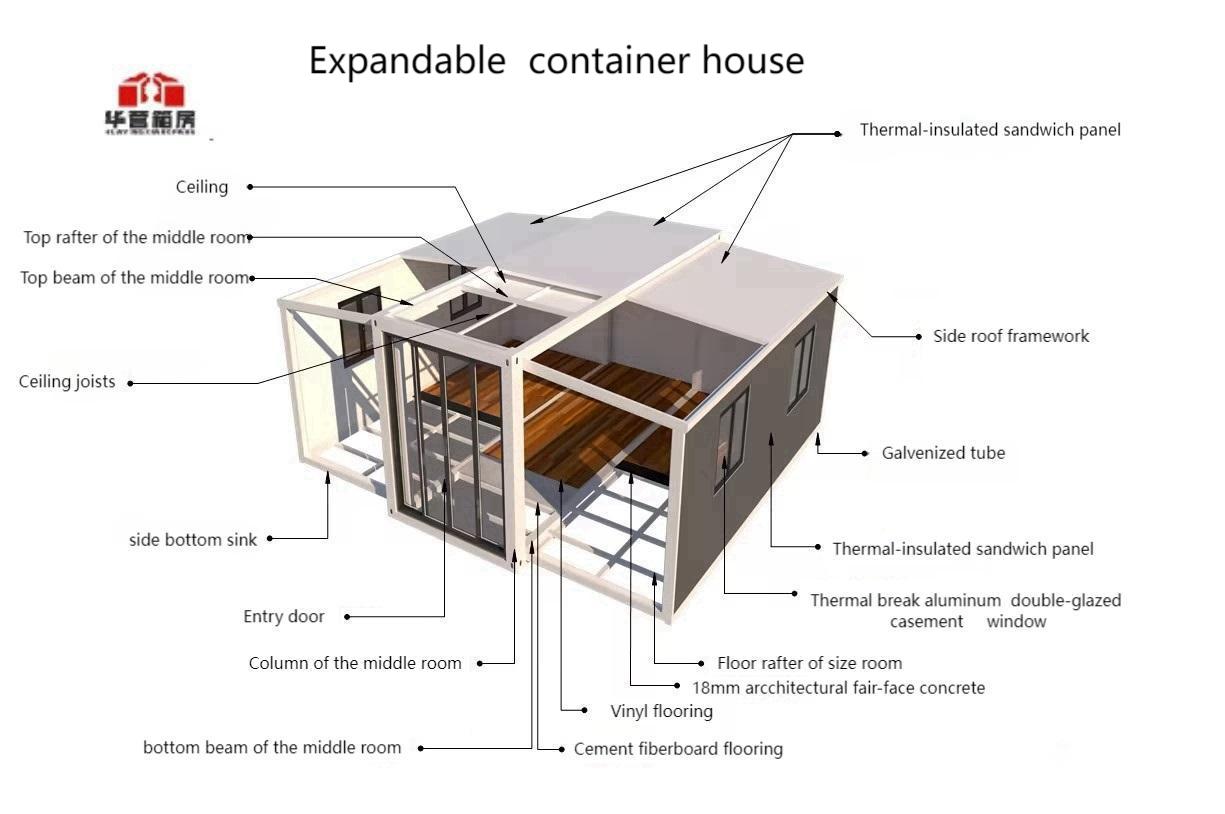Discover innovative toilet solutions designed for Kenya’s unique challenges. This article explores affordable, water-efficient, and easy-to-install sanitation systems that address Kenya’s sanitation crisis while promoting sustainability and public health.
When we think about essential infrastructure in Kenya, sanitation often takes a backseat despite its critical role in public health. With over 40% of Kenyans lacking access to improved sanitation facilities, the need for innovative, context-specific solutions has never been greater. Today, we’re diving into a groundbreaking toilet system designed specifically to tackle Kenya’s unique challenges – from water scarcity to installation barriers.
Kenya’s Sanitation Crisis: Why Conventional Toilets Fail
Kenya faces a complex sanitation puzzle. Urban areas struggle with overflowing pit latrines and broken sewer systems, while rural regions contend with water scarcity and rocky terrain that makes traditional toilet installation nearly impossible. Conventional flush toilets waste precious water – a luxury in drought-prone counties like Turkana and Mandera. Meanwhile, pit latrines contaminate groundwater and become unusable during rainy seasons. It’s clear we need smarter solutions that respect Kenya’s environmental and economic realities.
Introducing the Dual-Wing Structure: A Game-Changer for Kenyan Households
Enter the innovative dual-wing toilet system – engineered specifically for Kenyan conditions. Its unique design addresses three core challenges: water efficiency, installation simplicity, and durability. Let’s break down what makes this system special:

The dual-wing structure (shown above) features a compact, modular design with two key components: the waste collection chamber and the water-saving flush mechanism. Unlike traditional systems requiring deep excavation, this unit sits above ground, making it perfect for rocky or flood-prone areas. The wings provide structural stability while housing the innovative water-recycling system that uses just 1.5 liters per flush – 80% less than conventional toilets!
Installation Made Simple: Watch How It Works
One of the biggest barriers to toilet adoption in Kenya is complex installation requiring skilled labor. This system changes that narrative entirely. Designed for DIY setup, it can be installed in under 60 minutes using basic tools. No plumbing expertise? No problem. Check out this demonstration:
As you can see, the process is remarkably straightforward: level the ground, assemble the pre-fabricated components, connect the minimal water supply, and you’re ready to go. The video highlights how even in remote areas without electricity or running water, the system’s gravity-fed design and manual flush option make it universally accessible.
Why This Toilet System is Perfect for Kenyan Contexts
Water Efficiency That Matters
In water-scarce regions, every drop counts. This system’s dual-flush technology (0.8 liters for liquid waste, 1.5 liters for solid waste) reduces water consumption by up to 90% compared to standard toilets. For families relying on water vendors or distant wells, this translates to significant cost savings and reduced daily labor.
Built to Last, Built for Kenya
Constructed from UV-stabilized polyethylene, these toilets withstand Kenya’s intense sun and seasonal temperature fluctuations. The corrosion-resistant materials prevent rust – a common issue in coastal areas with salty air. Plus, the elevated design prevents flooding during heavy rains, a frequent problem in low-lying areas like Budalang’i.
Affordability Without Compromise
Priced at just KES 12,000 (approximately $90), this system costs 40% less than conventional ceramic toilets while offering superior durability. Local county governments have already begun subsidizing installations in low-income areas, making it accessible to Kenya’s most vulnerable populations.
Real Impact: Transforming Communities in Siaya County
Last year, a pilot project in Siaya County installed 200 units across five villages. The results were staggering: diarrheal diseases dropped by 62% within six months, and school attendance – particularly among girls – increased by 28%. “Before, my daughters missed school during their periods because our pit latrine was unsafe,” says Mama Atieno, a resident of Ugunja. “Now they have dignity and privacy, and I’m not constantly worried about them falling into old pits.”
Getting Your Own System: Next Steps
Ready to upgrade your sanitation? The system is available through authorized dealers in Nairobi, Mombasa, Kisumu, and Eldoret. For rural areas, county health offices often facilitate bulk orders. Installation support is provided via WhatsApp, and a 5-year warranty covers manufacturing defects. Remember: proper sanitation isn’t just about comfort – it’s an investment in your family’s health and Kenya’s sustainable future.
As Kenya continues its journey toward universal sanitation coverage, innovations like this dual-wing toilet system prove that context-specific engineering can overcome even the toughest challenges. By combining smart design with local understanding, we’re not just installing toilets – we’re building healthier, more dignified communities one flush at a time.
